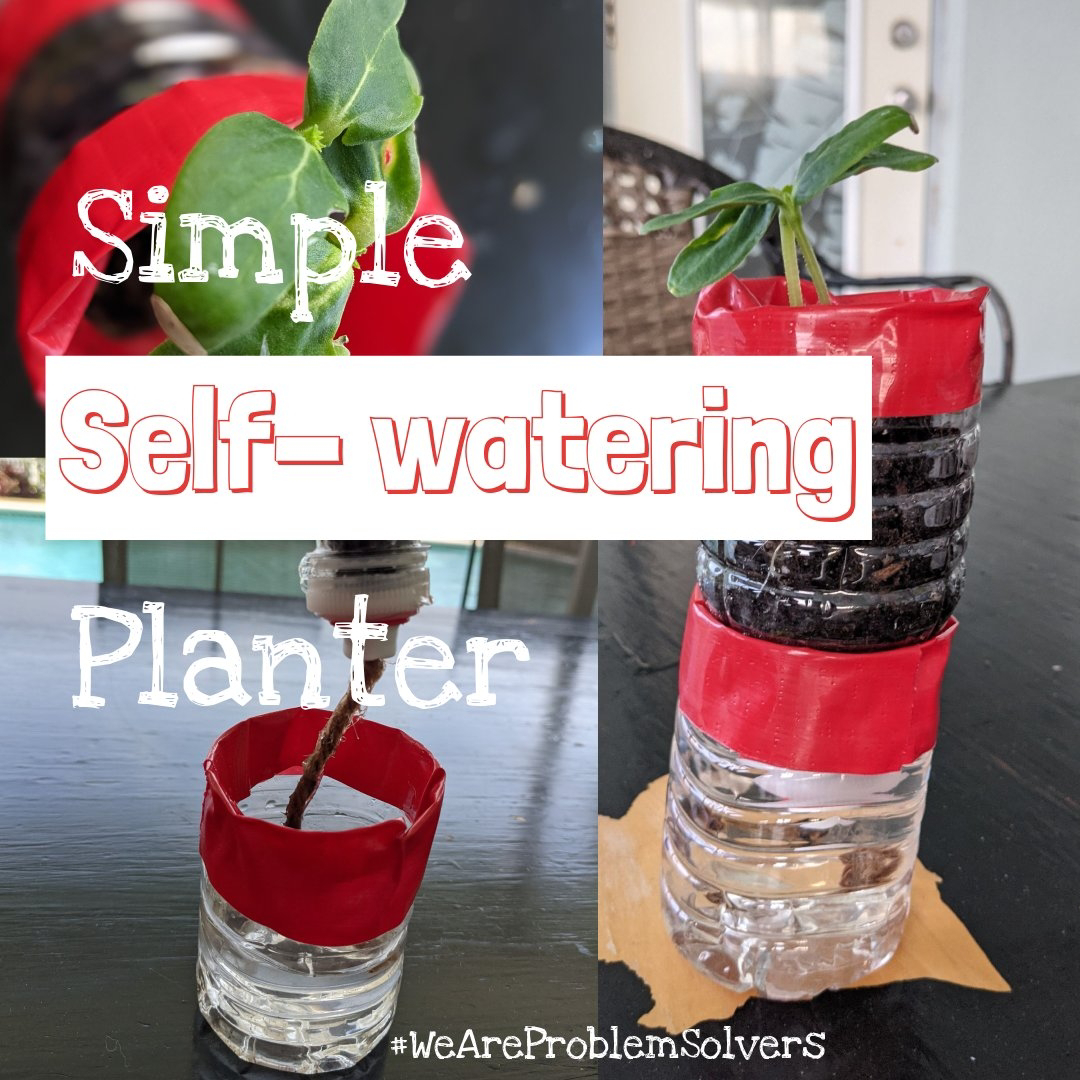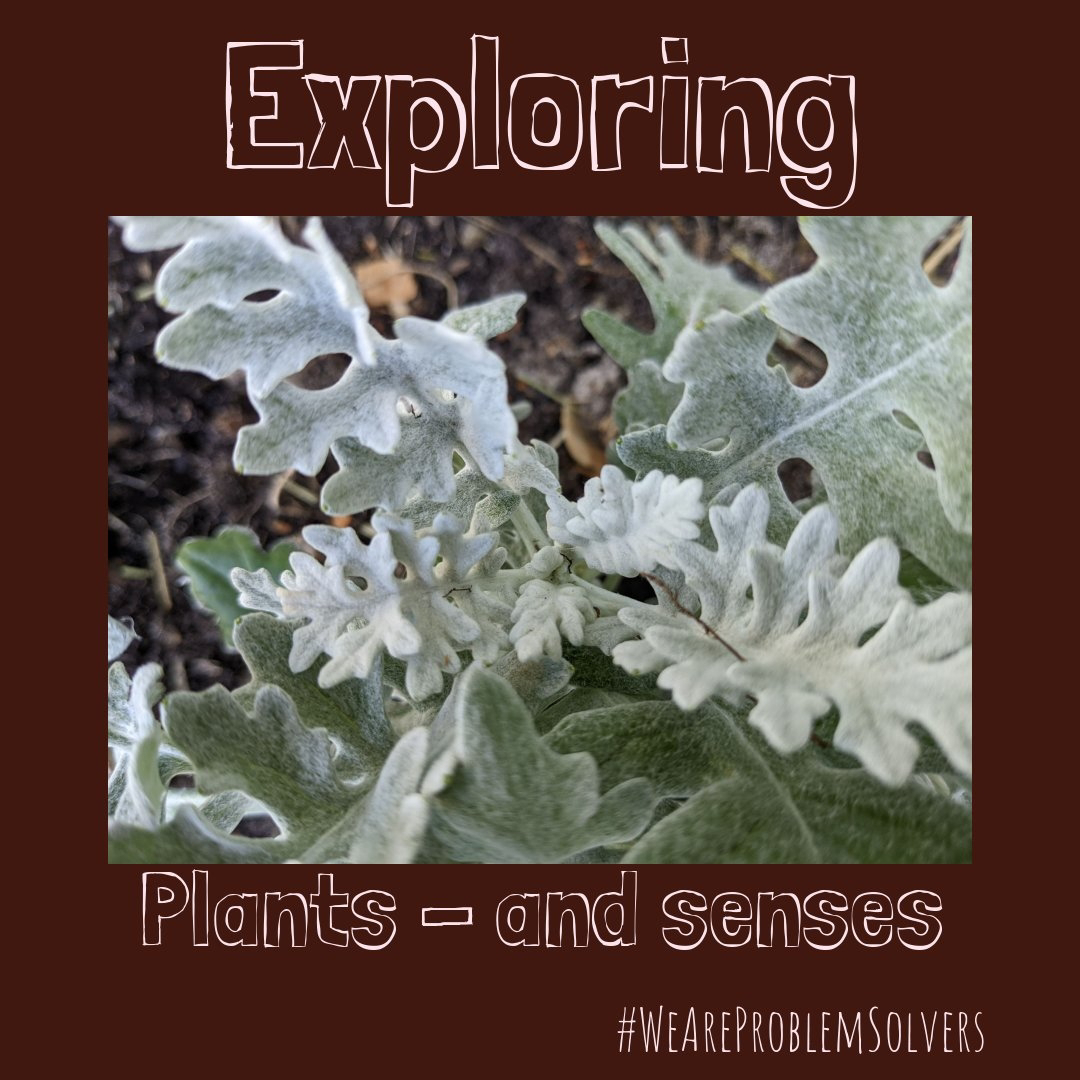3 Part Cards and Peppers
In this blog, we are revisiting the materials we made for Jacob Pepperseed's Space Chile Grow a Pepper Plant Challenge.
See the other blog post here:
Let's talk about how we might use the three-part cards that I made. You may choose a different order depending on the skills that you want to work on with that child. The order might be different on a different day with that same child. One part of the task might seem overwhelming one day, and that's ok. Think about what works for you. Be adaptable.
If you present them as a Big Confusing Pile, upside down, backwards, mixed up, all the different size cards and types, then you can have a nice conversation about:
❔What is the front and back of each card
❔ What are the sizes and types of cards
❔ How might we match
You're looking at:
1) Picture Cards
2) Pictures and words
3) Words alone
And those little word cards are different size from the rest of the cards.
So the first activity, you might want to do when you pull out these cards is to think about what the front and back is and maybe put them all on the table in a way that lets you look at the front of each card.
Think about the different kinds of cards and maybe you want to sort them by size, maybe you want to put all of the little cards together and set them aside.
Then maybe you want to find all of the cards with words and pictures and put them together. Then you might see the pictures and words and you can stack those up all together.
Now you are left with just the pictures without words. That can go into its own pile. Here's a picture of our 3 piles.
And maybe you want to think about what's different in the same about each of those pictures? What might be the top and what might be the bottom? What's the front and the back?
You make sure that they're all facing up so you can see them. You don't want them upside down, unless you're playing a memory game with matching the big cards.
Next. After you have them all nice and laid out so you can see them all easily, you probably want to look at those cards with both the words and the pictures. And you have a nice stack here and then you play this matching game of which one does this look like?
Oh is it that one with that one or that one or that one? So that one. No, it's that one. And then, you do that with each of those cards. Until you find the right match. Maybe some of them look pretty similar. Maybe you'll make a mistake at first, and then realize, oh, hey, this one actually goes with this one.
That's fine. Then. You have all of those words and pictures showing Now, you can take your little word cards and you can look at the shape of those words. And the patterns in those words, With the vowels and the consonants. And you can figure out. Where they go. Where did they match?
Which one's match which Oh, that one matches that one. That one matches that one. Until? You have them all matching. Now that they're all matching and you've seen all of these things.
Maybe if you're ready to read, you can try sounding out some of those words. But these cards are designed so that pre-readers can start looking and seeing those patterns with words. So maybe you don't need to read them. Maybe you just need to tell them what they are. Now now that they have all of these things you can say this says branch.
B-R-A-N-CH branch.
Now, if you have a pepper plant at home, that matches these cards. You can find each of these parts on your plant.
What does a real pepper look like? Let's look at a real pepper.
Maybe they don't look like your drawings.
Maybe your drawings aren't showing the children what they notice in the pepper plant.
Why don't you have them make their own?
Their own special little card with a picture of their pepper. Or their roots. Their flower or their plant. Maybe they see something different with branching than you did. Maybe they should draw their own branch.
It's fun. Let's put all of these things we learned together.
-----
I'm having trouble looking at screens today. My husband suggested that I try recording myself and making a transcript, then basing my lesson off of that. What do you think of this new method?
The audio recording of my voice has been uploaded to a Google drive. You may download it by clicking here. https://drive.google.com/file/d/12_LR_5edRoWUNXyqKK5G5VyliEj04Tgr/view?usp=drivesdk
I am honestly a bit nervous about sharing this audio because my mind is jumbled and my words may confuse people. But maybe it will be comforting and soothing to some children, and if they use their creative minds it might make sense. It is ok to tell me if I mixed something up. That's good noticing.









Comments
Post a Comment